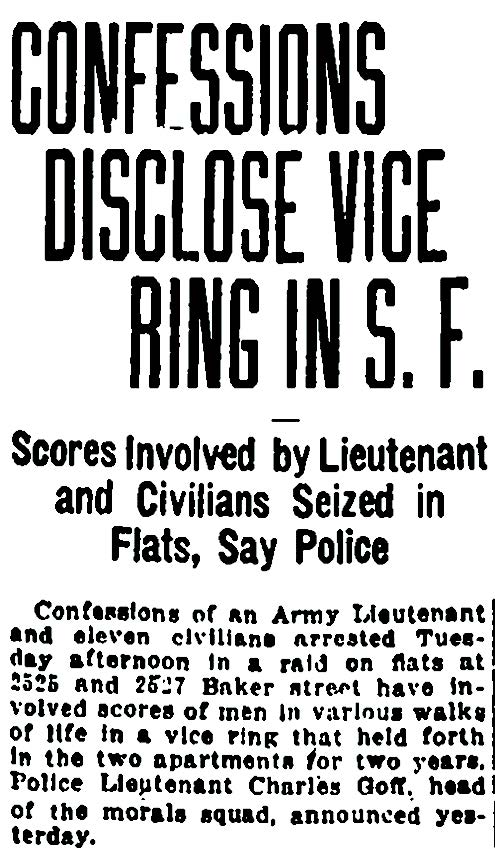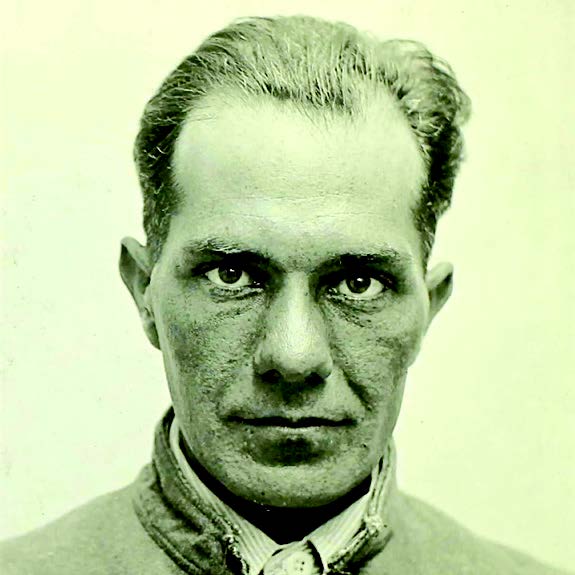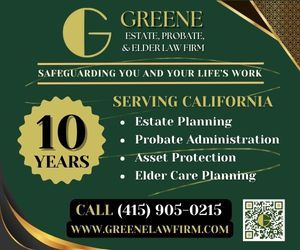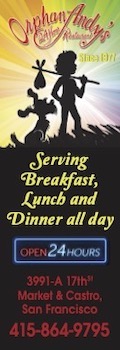The Fabulous Baker Street Boys
 In late February 1918, the people of San Francisco learned, for the first time, that their city was home to a community of men who desired other men in all relationships, including sexual intimacy. During the next six months they would discover that these individuals came together from many of the different ethnic, religious, and cultural groups that formed the mosaic of the urban life they knew. They seemed like all men in the city in every way except one: they sought other men for sex.
In late February 1918, the people of San Francisco learned, for the first time, that their city was home to a community of men who desired other men in all relationships, including sexual intimacy. During the next six months they would discover that these individuals came together from many of the different ethnic, religious, and cultural groups that formed the mosaic of the urban life they knew. They seemed like all men in the city in every way except one: they sought other men for sex.
What became the Baker Street vice scandal initially had nothing to do with such “shocking revelations.” It began with a local resident posing as an officer of the United States Army, a violation of federal law. On February 16, 1918, the military police found him at one of the two residential flats at 2525 and 2527 Baker Street. Taken back to the Presidio for questioning, he admitted that civilians and soldiers were meeting at the flats, less than two blocks from the Presidio’s western wall, for sex.
The military, without legal jurisdiction in the city, called the San Francisco police, and then returned with them to Baker Street. For the next 10 days, they brought both soldiers and civilians to the residences for questioning, keeping them there while they completed their investigation. Eventually some two-dozen men “in various walks of life” and from all parts of the country were indicted by the Grand Jury for “immoral practices,” “unspeakable felonies,” and “violating the statutes that govern morality;” many more were named, but not charged.
When the daily newspapers began reporting about what they termed the “Baker Street vice ring,” they could not tastefully include information regarding the sexual acts or even the statutes the men were accused of violating. The San Francisco Examiner stated simply that they “are alleged to be members of a ‘club,’ the character of which, the authorities state, justified the drastic action taken.” In the San Francisco Chronicle, the “club” was “a rendezvous for a large number of vicious men.”
There is no question that nearly all of these men were gay in almost every modern sense of the term except their use of the term itself. They knew they were sexually attracted to other men–not only physically, but also intimately and emotionally–and they were aware that their sexuality was inherent and instinctive. Although the concept of sexual orientation did not yet exist, the men believed their feelings were natural and normal, at least for them, whatever the reason. They dated, became roommates, entered into long-term relationships. Only two of the two dozen ever married.
“We are all of a temperamental nature,” Clarence Thompson told investigators at Baker Street, using the term then in use. When they questioned Austin Tobin, “Have [your] affairs always been of that sort? You are temperamental in that particular way?” he replied simply, “Yes.” During his interrogation, Laurel Yeamans admitted he had been temperamental “ever since I can remember.” John Bosworth also knew about himself from childhood, stating, “This temperamental character is or was very largely something natural, a condition of mine of which I was in nowise responsible, something born.”
The men’s sexual awareness shaped their lives: how they saw themselves and others; whom they knew; and what they did in friendship and intimacy. They formed overlapping circles of community, fraternized across class lines, gathered at each other’s homes, shared interests, and spent time together that was not sexual.
Like gay men before and since, the men of the Baker Street scandal knew where and how to find each other. Many met through mutual friends. Others met riding on a trolley, looking in a shop window, strolling along the street, sitting in a hotel bar, browsing in a store, attending the theater, or visiting downtown alleys, bath houses, and other places known for casual, often anonymous sexual encounters. As one explained, “It was a natural consequence that I come in contact with men who were congenial.”
Such understanding escaped the authorities. The Army court-martialed and dishonorably discharged six soldiers for “unnatural copulation;” four, including Yeaman and Bosworth, received prison terms of five or ten years at hard labor. Two civilians, including Tobin, were convicted of sodomy and sentenced to “five years to life” in San Quentin. Those indicted for sexual “penetration of the mouth” were more fortunate. They had their cases dropped in 1919 when the state Supreme Court ruled that the statute making fellatio illegal four years earlier was unconstitutional; the legislature quickly corrected the “flaw in the law.”
The Baker Street scandal affected “temperamentals” in San Francisco for decades to come. Since the Gold Rush, law enforcement generally had ignored them unless someone complained. During the 1920s, for the first time, the police deliberately began to seek them out, using decoys and undercover officers to provide their own complainants and their own witnesses—sometimes the same individuals—who were immediately credible in court.
By the time persecution of gay men in California peaked in the 1960s, the Baker Street “vice club” scandal had been mostly forgotten, apart from the men once caught up in it. A few, by good fortune, were still living when the laws telling them whom they could love, and whom they could finally be, were repealed in 1975.
Bill Lipsky, Ph.D., author of “Gay and Lesbian San Francisco” (2006), is a member of the Rainbow Honor Walk board of directors.











Recent Comments